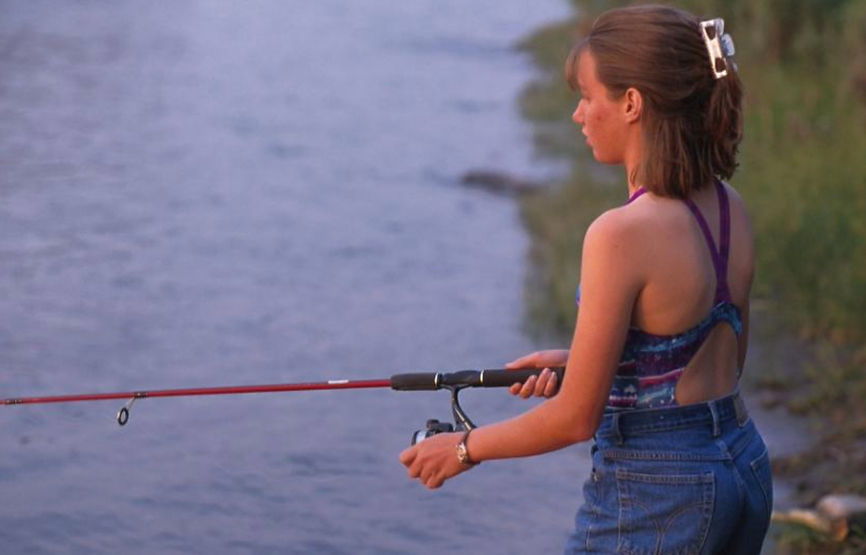Fishing
Can I eat the fish?
The most accurate answer is this: if the water running into your lake is clean, then your fish will be healthy & safe to eat. If your neighbor is pouring toxic chemicals into the lake, then your fish might have three eyes.
Fish toxicology research throughout Florida demonstrated that most neighborhood ponds produce healthy fish. Visit the Florida Department of Environmental Protection & the Florida Fish & Wildlife Conservation Commission websites for further information.
Children & supervision
Fishing can be a delightful activity shared between parents & children. Given the fact that we live in an area where alligators live, keep close supervision on children until you are confident that they are capable of taking care of themselves. This is usually when they are about 42 years old.

Falling in
Most lakes in the Sarasota / Manatee area are man-made stormwater ponds. The slopes along the shore are sometimes a little steep, but are usually manageable. The slope on newer ponds is usually less steep & easier to walk around. While millions of people fall in stormwater ponds every year, you don’t want to be the one who falls in on top of a big gator. So, please watch your step.
What fish live in our lake?
Sport fish

Most lakes larger than half an acre can support largemouth bass, bluegill, sunfish & catfish. This common grouping of sport fish complements each other & often maintains healthy populations of each species. (An acre is about the size of a football field.) Some Sunfish are particularly important in controlling nuisance insects.
Bluegill
How big will the fish get?
Florida lakes are very productive. Six to ten-pound bass are common. A one-acre lake can produce over 500 pounds of fish each year. Most of these fish are small & are food for birds. So, the birds can eat 500 pounds of fish from your pond every year & never deplete the fish population.
Little fish
Most ponds support mosquito fish (Gambusia), sailfin mollies & killifish. These little fish are 2” long & control mosquitoes. They are prolific breeders & provide food for many of the birds that visit your lake.
Mosquito fish are particularly interesting. They look like a guppy (fish) & are vicious predators for mosquito larva.
What do fish need to thrive?
Like any other animal, fish need protective shelter, a place to nest or breed, food & clean water. Aquatic plants like lilies & shoreline plants make your lake more hospitable to fish. Shoreline plantings such as Golden canna, Arrowhead, Pickerelweed & rushes provide excellent shelter for fish as well as for frogs & dragonflies. You will see herons & egrets more frequently if the shore is more natural.
Can I feed the fish?
Feeding fish doesn’t make them grow faster, unless you follow commercial aquaculture guidelines. This is not recommended for neighborhood lakes. Feeding fish trains the fish to visit your part of the lake, especially if you feed them at the same time each day.
Be aware that feeding fish add nutrients to the lake. Excessive feeding can cause algae blooms.
Use scientifically formulated fish food, such as Purina fish chow, available at feed stores, if you are going to feed the fish. Discontinue feeding if Mr. Alligator visits.
In general, stormwater ponds were not designed with fishing in mind. You need to make your own best judgment about fishing in the lake behind your home. Neighborhood lakes are community areas. Please respect your neighbors’ desire for privacy.
For more questions about fish in your pond or fish stocking please contact your Beautiful Ponds representative.
